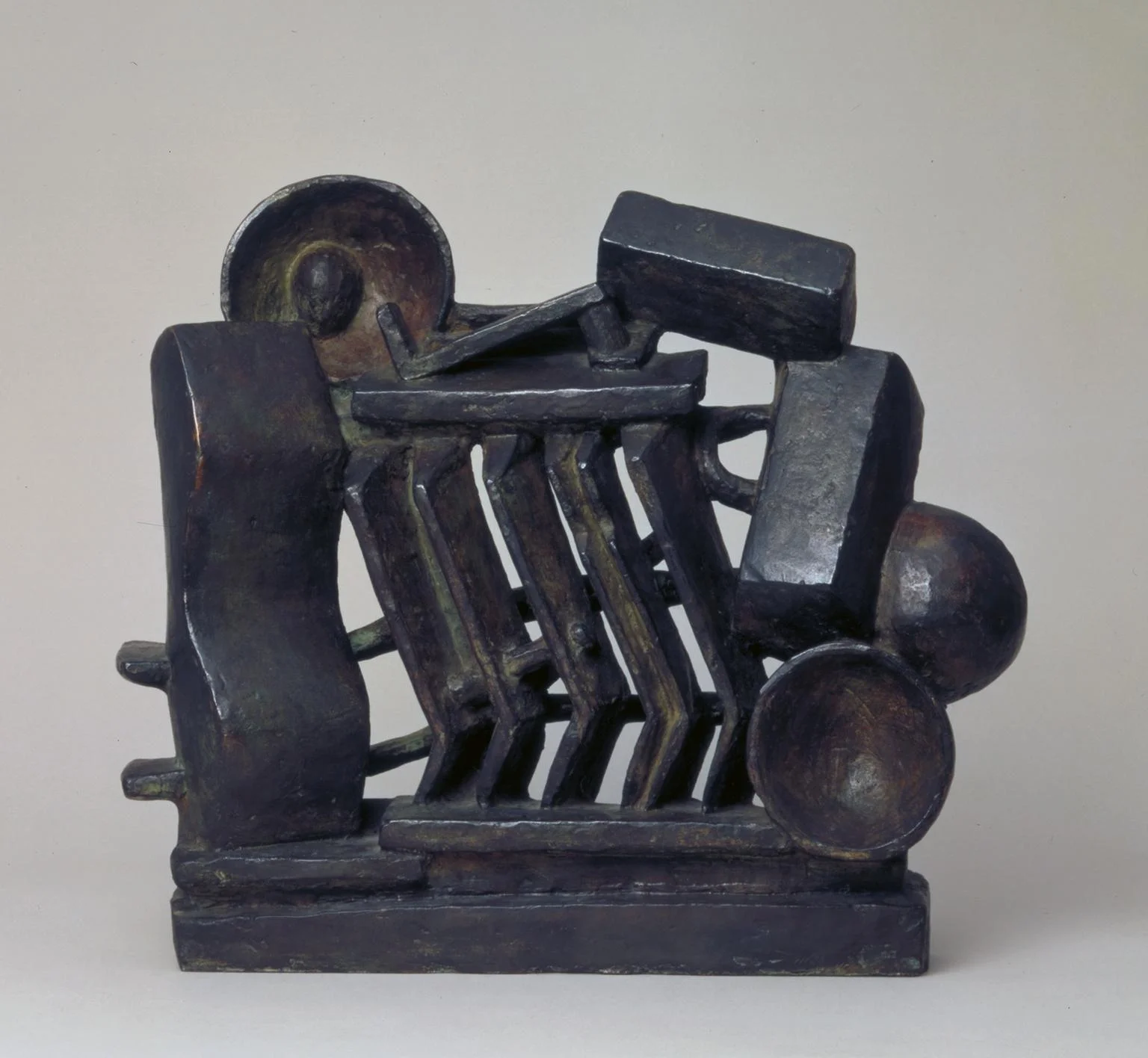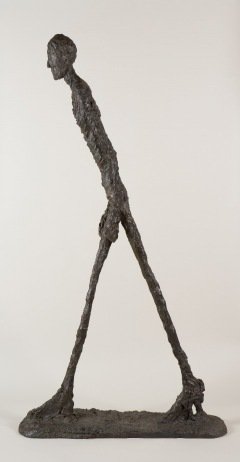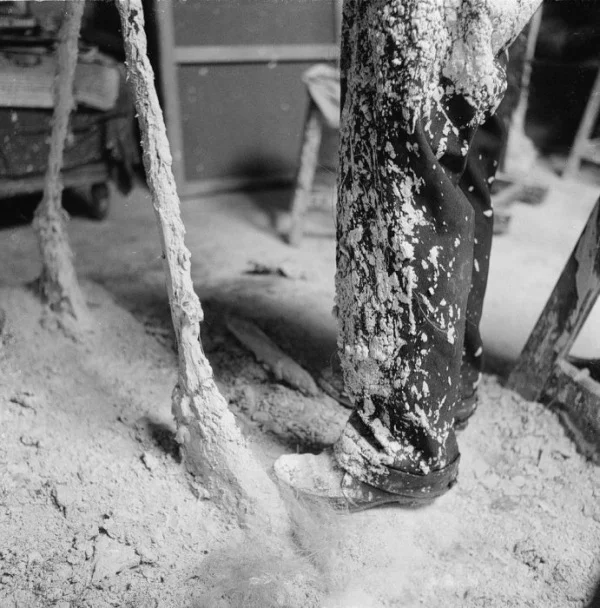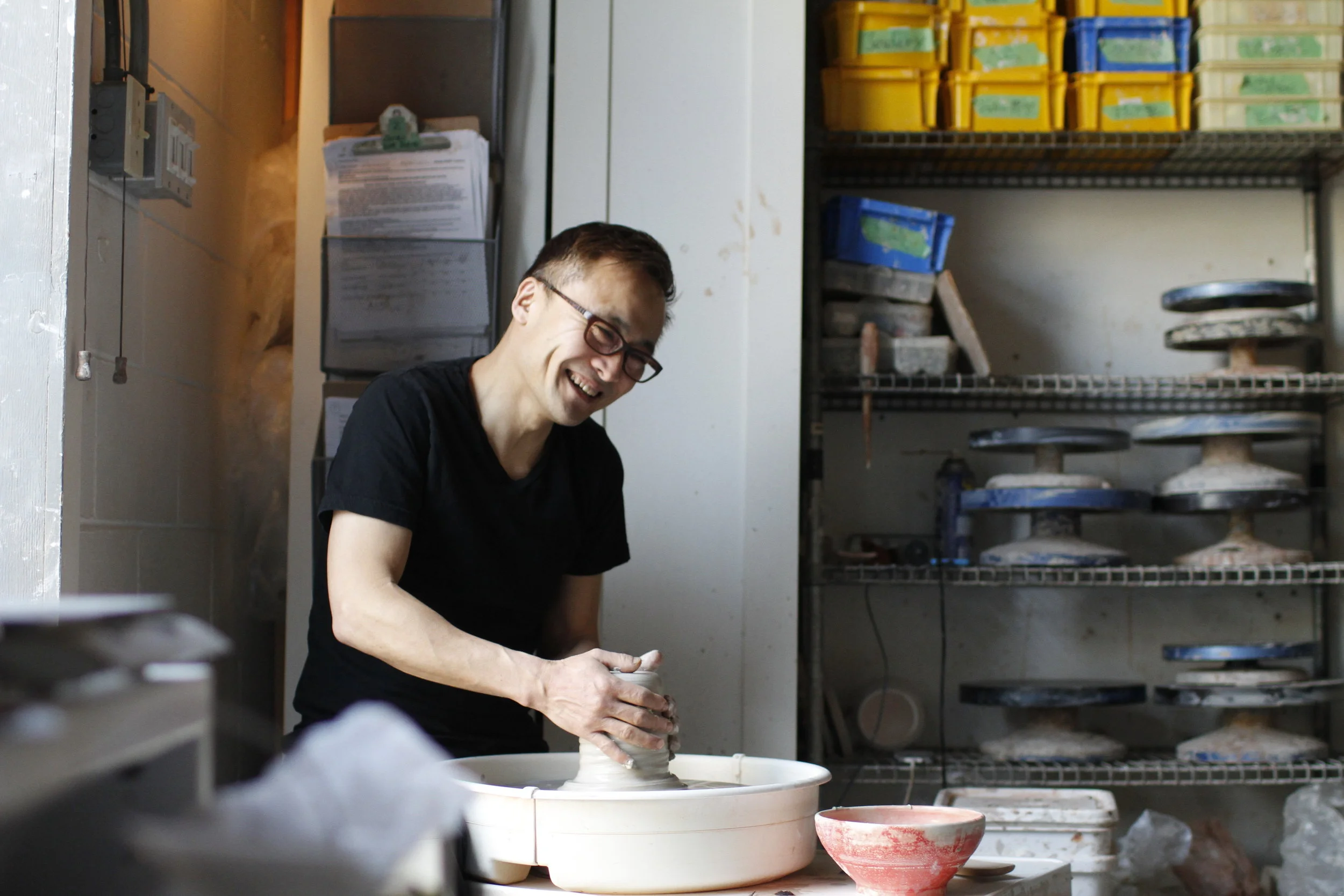TATE MODERN EXHIBITION || Alberto Giacometti

If someone had asked me some weeks ago if I knew Giacometti, my answer would have been yes. Yes, I knew he was a sculptor. Yes, I could easily recognise his characteristic tall and slim walking figures. But that was all. I didn’t even know his name was Alberto. I went to the exhibition at the Tate Modern, attracted by the idea of discovering a bit more about the artist.
I left the exhibition captivated by what I found there: a gallery full of humble, compassionate and delicate pieces where one could almost feel the effort that had been poured into each of them many years ago.
© The Estate of Alberto Giacometti (Fondation Giacometti, Paris and ADAGP, Paris), licensed in the UK by ACS and DACS, London 2017
It is always fascinating to see the evolution of an artist from the early years into maturity. Giacometti (1901-1966), who was a Swiss sculptor, worked mainly on realistic human heads, which gradually —as Europe entered in its saddest years—turned into simpler forms and derived into surrealist experiments. I couldn’t but think that these disturbing pieces were an inevitable reflection of the convulsive time developing around him.
However, Giacometti was not a Surrealist artist. I understood this as soon as I walked deeper into the exhibition. By the end of the 30s, he drifted away from the surrealist pieces and focused on people. It was all about lonely, narrow, frail figures of all sizes. I kept staring at the miniature versions, smaller than a walnut, which left me with an overwhelming sensation of smallness. He once said that Art is infinite, like the universe. And he was totally right.
Alberto Giacometti Walking Man I 1960 © The Estate of Alberto Giacometti (Fondation Giacometti, Paris and ADAGP, Paris), licensed in the UK by ACS and DACS, London 2017
Giacometti kept working and re-working his sculptures. He was obsessed with perfection. Even if he knew he would never find the finished and complete solution to the problem, he attempted to get closer to it with every single piece. He used the same models once and again, because the source was the least important thing. What mattered was the process, the journey, the approximation to something that existed beyond his reach. Looking at the figures, I could share his frustration with them. The bigger he aimed to create them, the skinnier they appeared. The taller they grew, the more expressive they turned out to be.
Studio-view with sculptures, ca. 1955Photographs by Ernst Scheidegger © 2017 Stiftung Ernst Scheidegger-Archiv, Zurich
Daniel Gil, a Spanish designer, once expressed his conviction that the style is
defined by our limitations. I felt it also applied to any kind of art. Those thin and reserved figures that seem to be emerging from the earth, with their feet trapped in the mud, are Giacometti’s way of telling us about his personal struggle, his daily battle. And about his belief that compassion and hope were the key to rebuild the future of humanity.
Giacometti is at Tate Modern, London, until 10 September 2017.
Giacometti's trousers, covered with plaster, ca. 1960Photographs by Ernst Scheidegger © 2017 Stiftung Ernst Scheidegger-Archiv, Zurich









